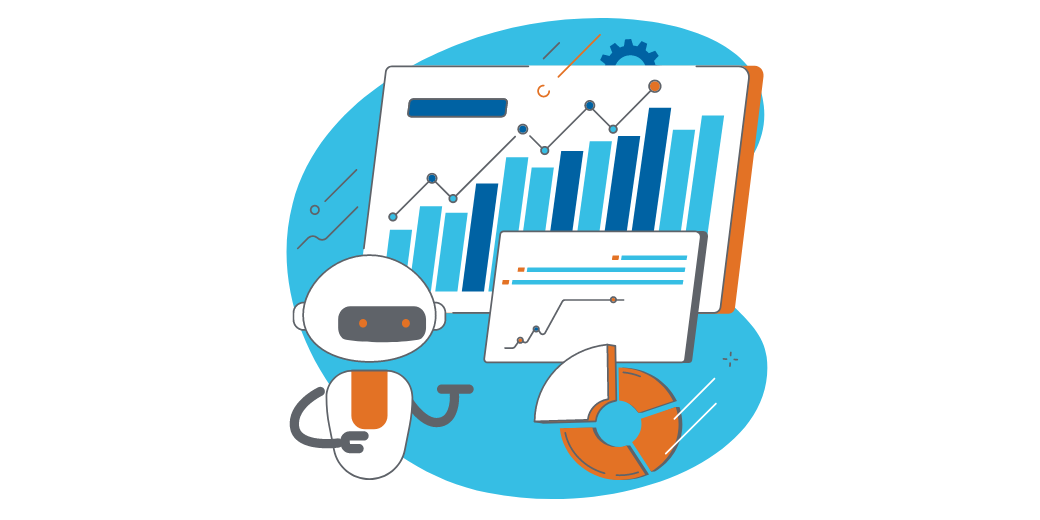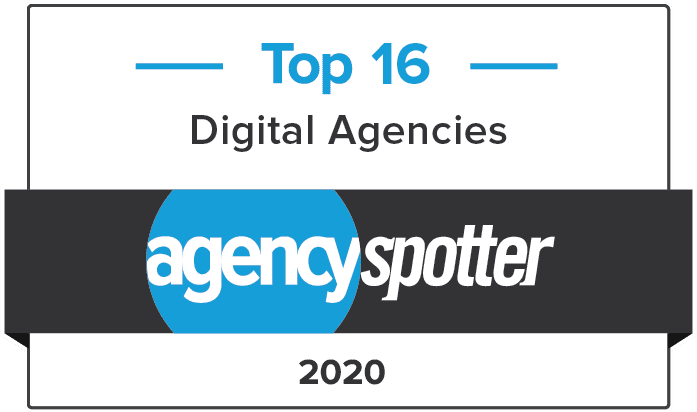
How Should Marketers Use Artificial Intelligence?
It’s been a mere six months since ChatGPT launched into a vortex of attention. ChatGPT’s introduction is exciting because it represents a significant advancement in artificial intelligence and natural language processing technology. Its enormous potential lies in its ability to assist with a wide range of tasks and applications — including customer service, information retrieval, and even creative writing.
In fact, it wrote most of that opening paragraph.
Where artificial intelligence transformation will take us is a question on many minds, particularly as the technology’s newest iterations include more applications for creative uses. Let’s look at what’s likely on the horizon, share some cautions, and explain how we’re exploring its use for marketing.
The potential of AI in its infancy
Though it’s captured most of the headlines, ChatGPT is only one artificial intelligence tool that’s poised to reshape the business world – and likely, the entire world. The pace of technological advancement moves quickly today, and there’s no telling, exactly, where AI could go or how fast.
One thing, however, is certain: we can expect AI to grow steadily smarter and more powerful. Each generation has a greater capacity to source and synthesize more pieces of information. As this happens, AI could make new discoveries or attain new levels of efficiency never before possible. In a March 2023 column, Thomas Friedman of the New York Times said, “This is a Promethean moment we’ve entered — one of those moments in history when certain new tools, ways of thinking or energy sources are introduced that are such a departure and advance on what existed before that you can’t just change one thing, you have to change everything.”
This year, we’re likely to see AI’s influence begin to show up in a groundswell of new apps and services. In the coming months, big changes are expected in how we interact with customer service tools, voice assistants, and search engines. From there, we’re likely to start seeing AI… well, everywhere. Or, perhaps we won’t so much “see it” as experience it as the driving force behind dramatic changes to automation, efficiency, and personalization.
The AI revolution brings risks
Inevitably, the AI revolution won’t be all positive. We’re already aware of a number of risks — such as the disruption to labor markets, enablement of deep fakes, algorithmic bias, and privacy concerns. But we still don’t fully understand AI. Its promise tests the limits of our imaginations — and so too can its dark side.
With a looming sea change on the horizon, regulation of AI is being urged. The U.S. Chamber of Commerce, an organization that typically lobbies against stricter government regulation, has asked Congress to make rules for AI, and has called its regulation a top priority. Even the CEO of OpenAI, the company behind ChatGPT, said earlier this year that government regulation of AI is “critical” as it grows more powerful and disruptive.
But, at this point in time, how AI will be regulated remains to be seen. The federal government doesn’t appear anywhere near close to AI rules or legislation.
How we’re using AI for marketing
Will AI kill art? Jeopardize human creativity? Make marketing an obsolete profession? Like most technological advancement, AI is unlikely to eliminate the need for uniquely human talents, but it is likely to introduce dramatic change to how we work.
We asked ChatGPT how AI will change marketing, and here’s what it said:
“AI is already having a significant impact on the field of marketing, and this impact is only expected to increase in the coming years. Overall, AI has the potential to transform the marketing landscape by enabling businesses to provide more personalized and targeted marketing messages, improve customer service, and optimize their marketing efforts.”
Sounds about right.
Here are three ways we’re starting to use Artificial Intelligence at SA:
- Idea generation. AI is a helpful tool for generating ideas for social media, blog, and content calendars. To use AI for idea generation, start with generic prompts about a broad topic, and then ask more detailed questions to build out a map of ideas for tactical marketing plans.
- Content development. AI can aid in writing, but it should not be considered a replacement for human writers. For one, there’s the issue of fact-checking and accuracy, for which AI is not yet reliable. (In fact, we wonder how quickly the demand for ChatGPT fact-checkers will grow.) AI-generated content also lacks the emotional tone, brand voice, and point of view most organizations want to convey in their messages.
- Email marketing. AI can create more personalized email campaigns. Its natural language processing determines which words and phrases will be most effective in reaching customers. It can analyze customer data, identify patterns, and use those patterns to create personalized emails tailored to each individual customer.
We are approaching the use of AI with a healthy amount of caution, but we still expect the list of potential uses to grow. We’re watching closely for new AI applications in SEO, paid search – and even design and creative.
We’re about to enter an age of acceleration, where AI can be used to amplify both the best – and worst – of human potential. Where it relates to marketing, our plan is to find the best applications and translate them into fantastic new capabilities for our clients. As for everything else, like the rest of the world, we’ll be watching.
—
By Tony Wagner and Dave Miglin. Dave Miglin is vice president of media and digital services at SA and Tony Wagner serves as email automation strategist. Learn more about SA’s full spectrum of marketing services.



